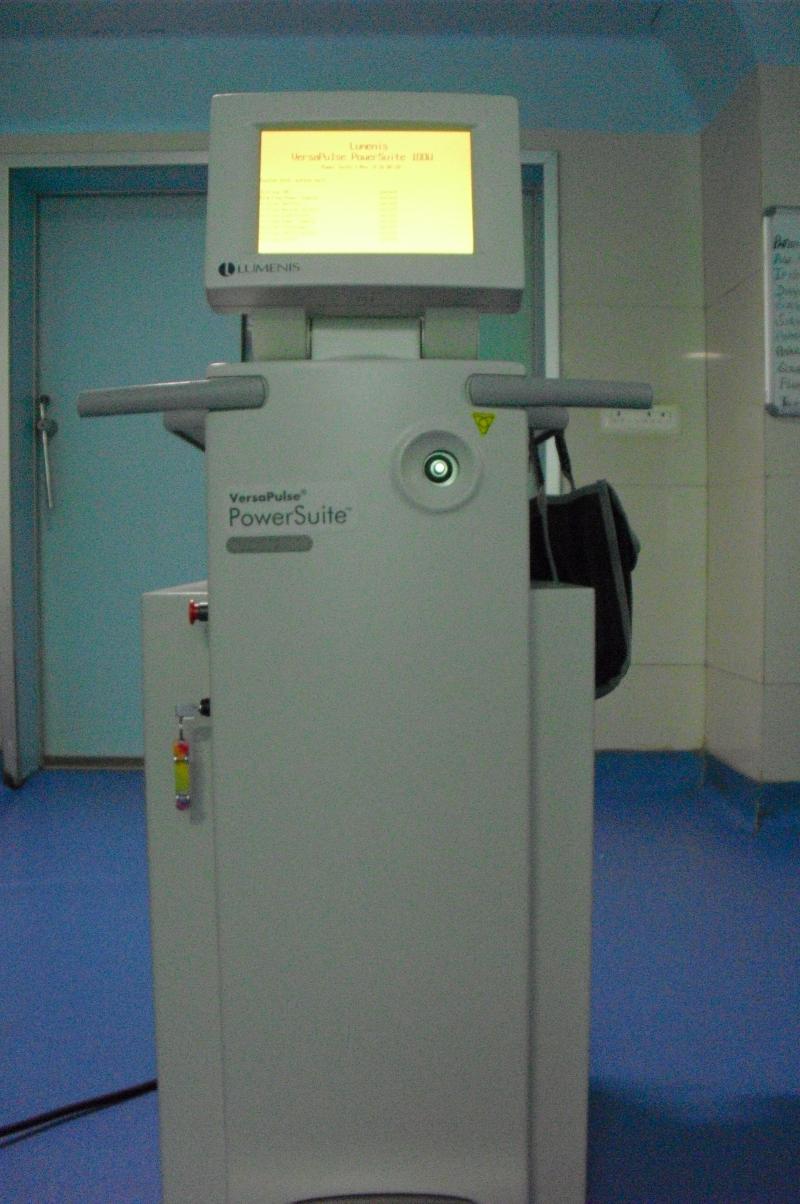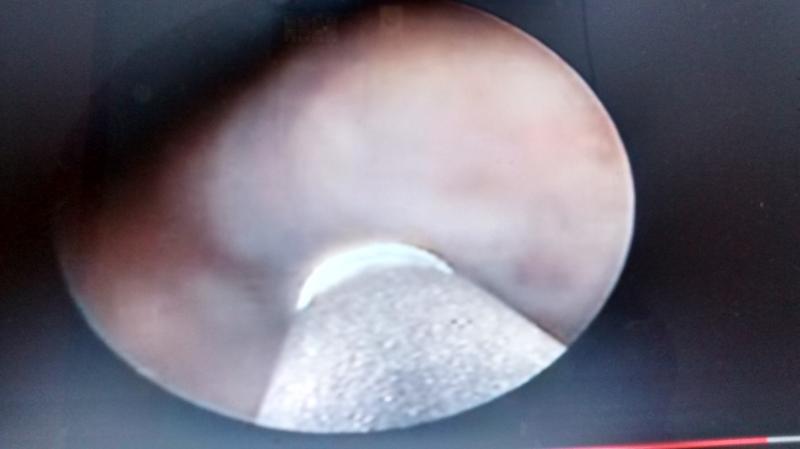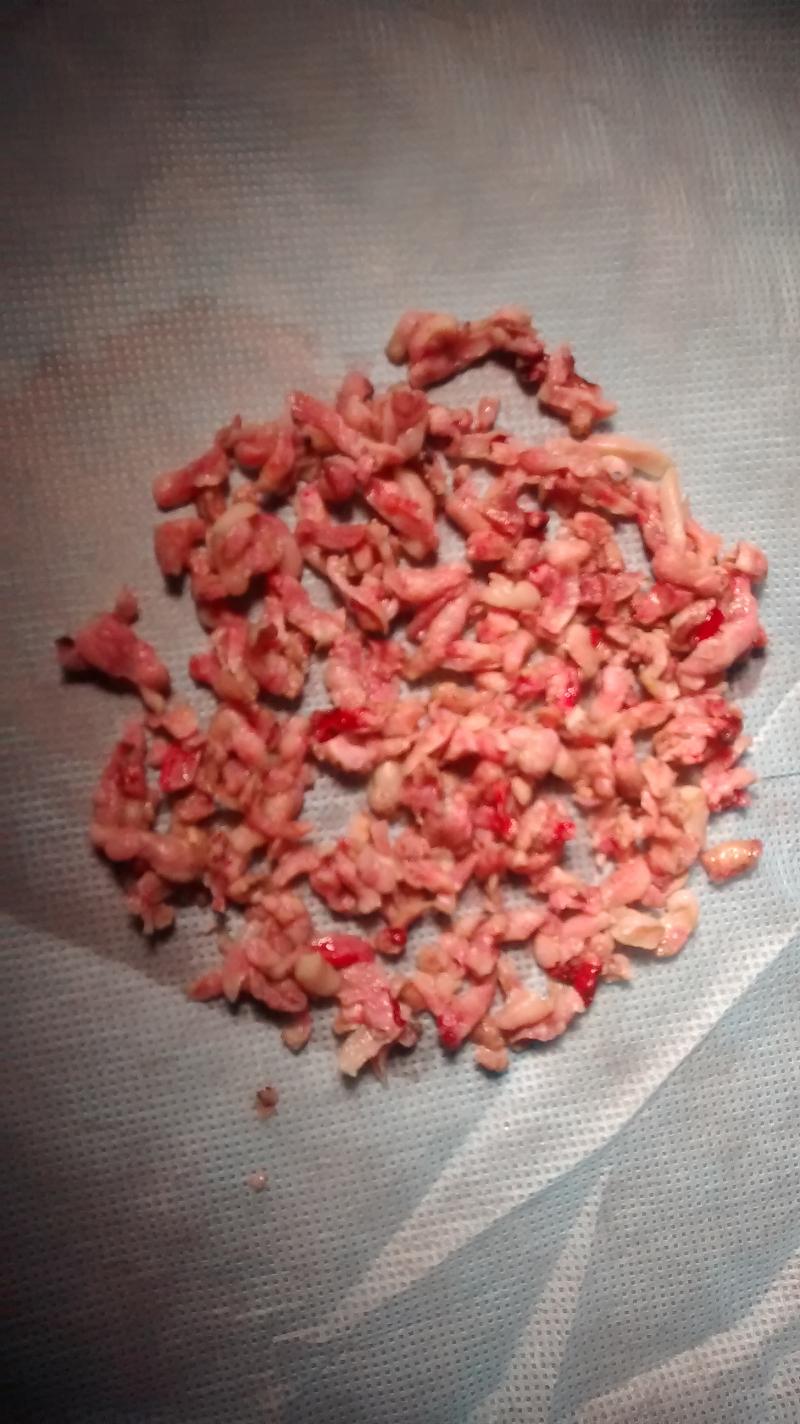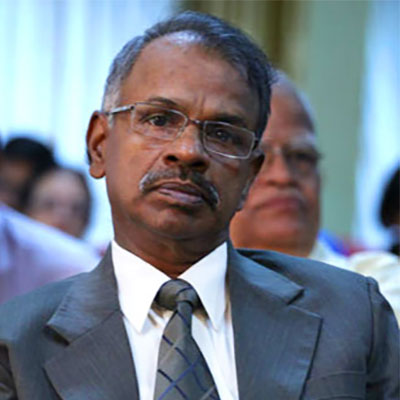- Home
- About Us
- Conditions Treated
- Treatment Offered
- Testimonials
- Gallery
- News And Events
- Urology & Andrology
- Blogs
- Contact Us
Benign Prostatic Hyperplasia (BPH) is a condition which involves non-malignant enlargement of the prostate gland. This condition is prevalent in men over the age of 60 years.
The enlargement of the prostrate gland compresses the urethra, thus obstructing the flow of urine from the bladder to the outside of the body. This can further result in the retention of urine in the bladder. Some of the complications that could arise from this condition include urinary tract infections, total blockage of the urethra and damage to kidney function.
Signs and Symptoms:
Treatment of BPH
The prostate is a walnut-sized gland that forms part of the male reproductive system. The gland is made of two lobes enclosed by an outer layer of tissue. The prostate is located in front of the rectum and just below the bladder and surrounds the urethra, the canal through which urine passes out of the body. Though the prostate continues to grow during most of a man’s life, the enlargement doesn’t usually cause problems until late in life. BPH rarely causes symptoms before age 40, but more than half of men in their sixties and as many as 90 percent in their seventies and eighties have some symptoms of prostate enlargement.
What are the symptoms?
70% of the people above 60 years are affected by it.
Symptoms can be : Obstructive symptoms such as hesitancy, having to strain to pass urine, weak stream, sense of incomplete evacuation.
Irritative symptoms: frequency of urination, urgency and urge incontinence leakage of urine before reaching toilet.
WHAT COMPLICATIONS CAN OCCUR IF NOT TREATED ?
The size of the prostate does not always determine how severe the obstruction or the symptoms will be. Some men with greatly enlarged glands have little obstruction and few symptoms while others, whose glands are less enlarged, have more blockage and greater problems In eight out of 10 cases, these symptoms suggest BPH, but they also can signal other, more serious conditions that require prompt treatment. These conditions, including prostate cancer, can be ruled out only by a doctor’s examination.
Medical treatment is very effective in the early stages of BPH when symptoms are mild and no complications have developed. Side effects are very minimal and even very elderly patients tolerate medications very well. It is very important to come for regular check up which can confirm that treatment is effective and any complications can be detected early.
When is surgery required?
Surgery is required when medical treatment is not effective and or complications have developed such as complete blockage of urine (Retention of urine ), recurrent urinary tract infection, passing of blood in the urine , reduction in kidney function, bladder stone, large bladder diverticulum (out-pouching from bladder).
Holmium laser enucleation of prostate is the most advanced technique in the treatment of Benign enlarged prostate.
It offers many advantages to the patient
How is the procedure done ?
Patient is fully assessed earlier by relevant investigations to confirm the diagnosis and the need for surgery. Their fitness is assessed with help from physician, cardiologist and Anesthetist. Patient is admitted previous evening or in the early morning before surgery
Endoscopy is passed to check the urethra, Bladder and Prostate. Special instrument called Resectoscopy is passed which has a channel to pass laser fiber. Most powerful 100 watts Holmium laser is used Prostate is enucleated and the prostate is broken into small pieces using a morcellator. A catheter is placed to drain the urine and is usually removed 24 hours later
What to expect after surgery?
Diabetes and Benign Enlarged Prostate
Diabetics are prone to reduced contraction of bladder wall an this leads to inefficient emptying of urine from the bladder. Ultimately these patients can retain more urine and surgery at that stage will not give good result.
Endoscopic laser prostate surgery is advised early in Diabetics with residual urine to get good results after surgery

100 Watt Holmium Laser machine

Morcellator

Removed prostate chips
Get in touch with us
Testimonials
About Dr. N. Anandan

Dr. N. Anandan is a senior consultant at Kauvery hospital and Apollo spectra hospitals in Chennai
Read MoreTreatments
Conditions Treated
Treatments Offered